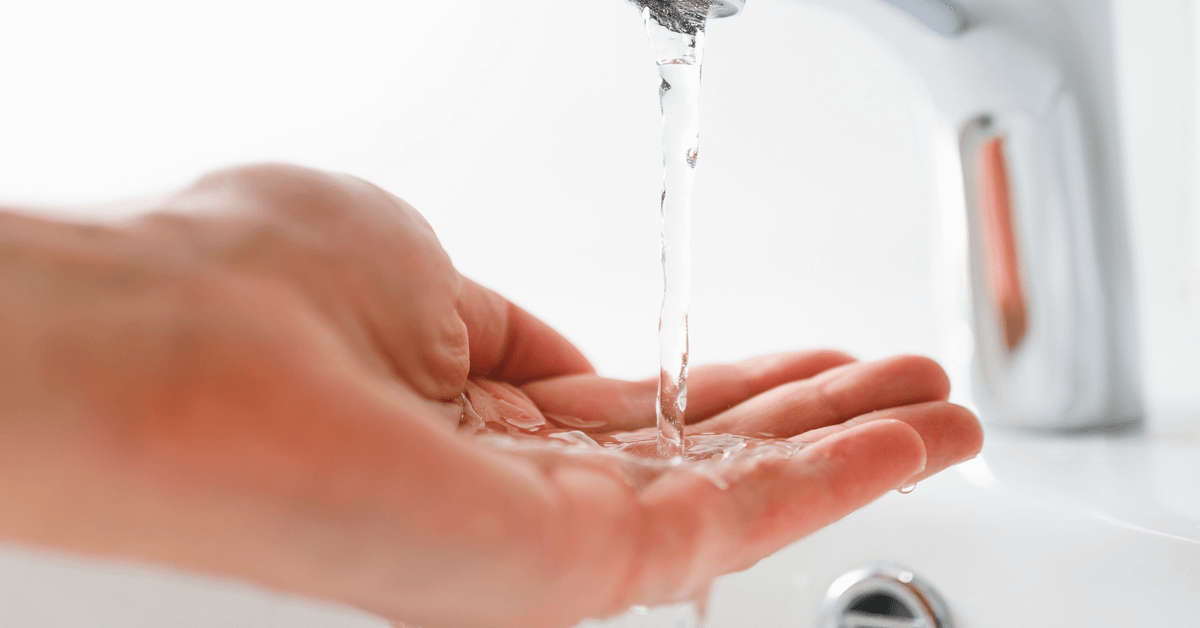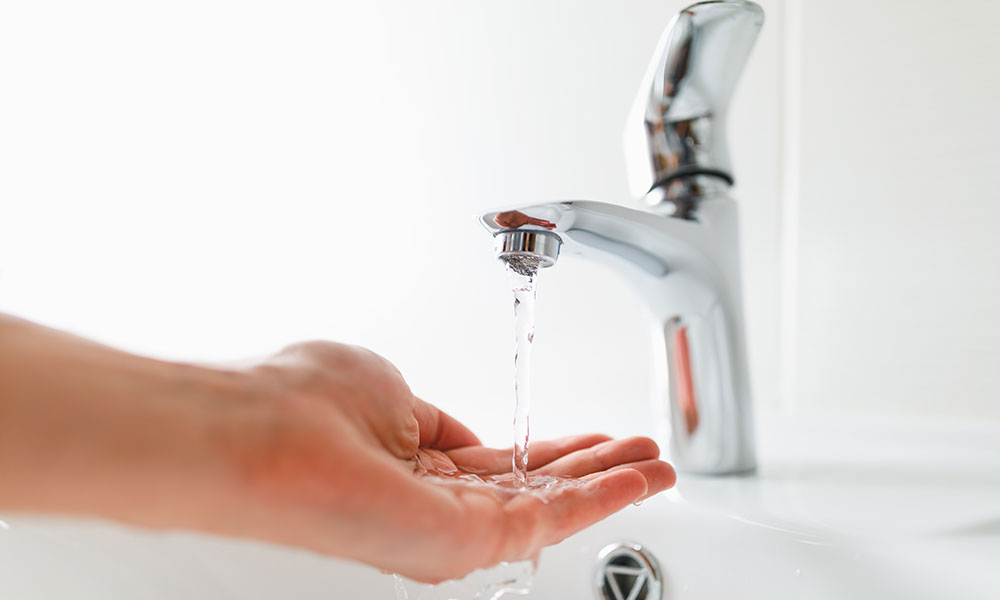How do you really feel in regards to Dealing with Low Water Pressure in Your Home?

Low tide stress in your home can be an irritating trouble, influencing whatever from showering to washing meals. If you're experiencing weak water flow, there are a number of feasible reasons and solutions to discover. In this guide, we'll go over usual factors for low water stress and useful actions to attend to the issue successfully.
Introduction to Low Water Stress
Low tide pressure occurs when the circulation of water from your taps, showers, and various other components is weak than typical. This can make day-to-day jobs extra difficult and less reliable. Recognizing the reasons for low tide stress is important to finding the ideal option.
Usual Reasons For Low Tide Pressure
Pipeline Obstructions
In time, pipes can end up being obstructed with natural resource, debris, or debris, restricting the circulation of water. This is a common concern in older homes with galvanized steel pipes.
Rust
Deterioration within pipelines can lead to leaks and decreased water stress. Corrosion buildup can restrict water flow, especially in aging plumbing systems.
Faulty Stress Regulatory Authorities
Pressure regulatory authorities are in charge of preserving regular water pressure in your home. If they malfunction, it can result in low tide stress or uneven flow throughout your house.
Community Water System Issues
In some cases, the issue exists outside your home. Municipal supply of water problems, such as main line leakages or upkeep job, can briefly lower water stress in your area.
Just How to Diagnose Low Tide Stress
Examining Faucets and Components
Begin by evaluating the water stress at various taps and components throughout your home. If the issue is separated to specific locations, it might suggest local troubles.
Examining Pipes
Check visible pipes for indications of leakages, rust, or blockages. Take note of any kind of uncommon audios, such as knocking or rattling pipes, which could show problems within the plumbing system.
Consulting with a Plumber
If you're not able to determine the cause of low tide pressure, take into consideration working with a professional plumber to carry out a detailed examination. They can determine underlying issues and advise suitable services.
Do It Yourself Solutions to Fix Low Tide Pressure
Cleaning Up Aerators and Showerheads
Natural resources can collect in aerators and showerheads, lowering water flow. Remove and cleanse these elements consistently to boost water stress.
Flushing Water Heater
Sediment buildup in the water heater can limit flow and minimize performance. Purging the container regularly assists remove debris and preserve optimal performance.
Inspecting Pressure Regulator
Guarantee that the stress regulatory authority is working appropriately. Readjusting or changing the regulatory authority can aid bring back appropriate water stress throughout your home.
Cleaning Clogs in Pipeline
For small blockages, try utilizing a plumbing snake or chemical drainpipe cleaner to clear obstructions in pipes. Be cautious when using chemicals and follow safety standards.
When to Call an Expert Plumber
If DIY initiatives stop working to resolve the concern or if you presume substantial plumbing troubles, it's best to seek assistance from a certified plumber. They have the competence and devices to deal with complex concerns securely and efficiently.
Safety Nets to Keep Water Pressure
Regular Upkeep
Schedule regular upkeep for your plumbing system to stop issues such as rust, leakages, and obstructions. Dealing with small problems early can aid stay clear of even more significant repairs in the future.
Setting Up a Pressure Booster
Consider installing a pressure booster pump to boost water pressure in locations with regularly reduced flow. This can be specifically beneficial for multi-story homes or buildings with high-demand components.
Surveillance Water Usage
Bear in mind water use behaviors and stay clear of ill-using the plumbing system. Basic changes, such as shocking showers and laundry lots, can aid preserve sufficient water pressure.
Final thought
Handling low water pressure can be aggravating, but identifying the underlying causes and carrying out proper remedies can recover ideal circulation throughout your home. Whether it's cleaning aerators, examining pipes, or talking to a plumber, taking proactive actions can make sure a stable supply of water for your day-to-day requirements.
FOUR WAYS TO FIX LOW WATER PRESSURE NOW
Turning on a shower or faucet only to find the water comes out in a sad, slow drizzle is never a good feeling. How exactly are you supposed to wash a pan or take a quick shower when it takes 10 minutes just to rinse off a little soap? The good news is that when your water pressure is bad, there's always a cause: typically one that can be easily fixed. Here are some of the most common causes of low pressure and what you can do to fix the issue:
DEBRIS AND MINERAL DEPOSIT BUILDUPS
If you notice low water pressure from just one or two of the fixtures in your house, the problem likely has to do with debris buildup. Water is full of minerals and other debris, all of which can accumulate in your pipes and on your fixtures. This can cause a blockage that affects how much water flows through. To fix this, try filling a small plastic bag with white vinegar, and use a rubber band to hang it around your showerhead or faucet. Let the head of the fixture soak for a few hours, and the vinegar should loosen the deposits.
WATER LEAKS
Leaks are another common cause of low water pressure. If water is flowing out of your plumbing through a hole or crack before it can reach your fixture, the pressure coming out of the faucet or showerhead will be lower. A plumbing professional is your best bet for finding and repairing a leak in your water supply pipes.
Leaks are another common cause of low water pressure. If water is flowing out of your plumbing through a hole or crack before it can reach your fixture, the pressure coming out of the faucet or showerhead will be lower. A plumbing professional is your best bet for finding and repairing a leak in your water supply pipes.
A VALVE ISSUE
If you have low water pressure throughout your home, check your main shut-off valve to make sure it's completely open. You may also want to see if there's a pressure-reducing valve installed. If there is, have a plumber help you adjust the settings to get the pressure you're looking for.
OTHERS USING WATER
Believe it or not, your low water pressure could be caused by your neighbors. If you notice low pressure at certain times of day, it may be because you and the people living next to you have similar schedules - when everyone is showering at the same time, the pressure will be lower in every home. Low pressure throughout the neighborhood may also be caused by an issue with your municipal water supply. If that's the case, call the supplier to see if they're working on the issue.
https://www.rotorooter.com/blog/water-leaking/low-water-pressure-fixes/

I was made aware of that article on 9 Reasons for Low Water Pressure in Your House through a friend on our other web page. Do you know about somebody who is excited by the niche? Be sure promote it. I love your readership.
Call Today
Comments on “Our Comprehensive Instruction to Dealing with Low Water Pressure in Your Home”